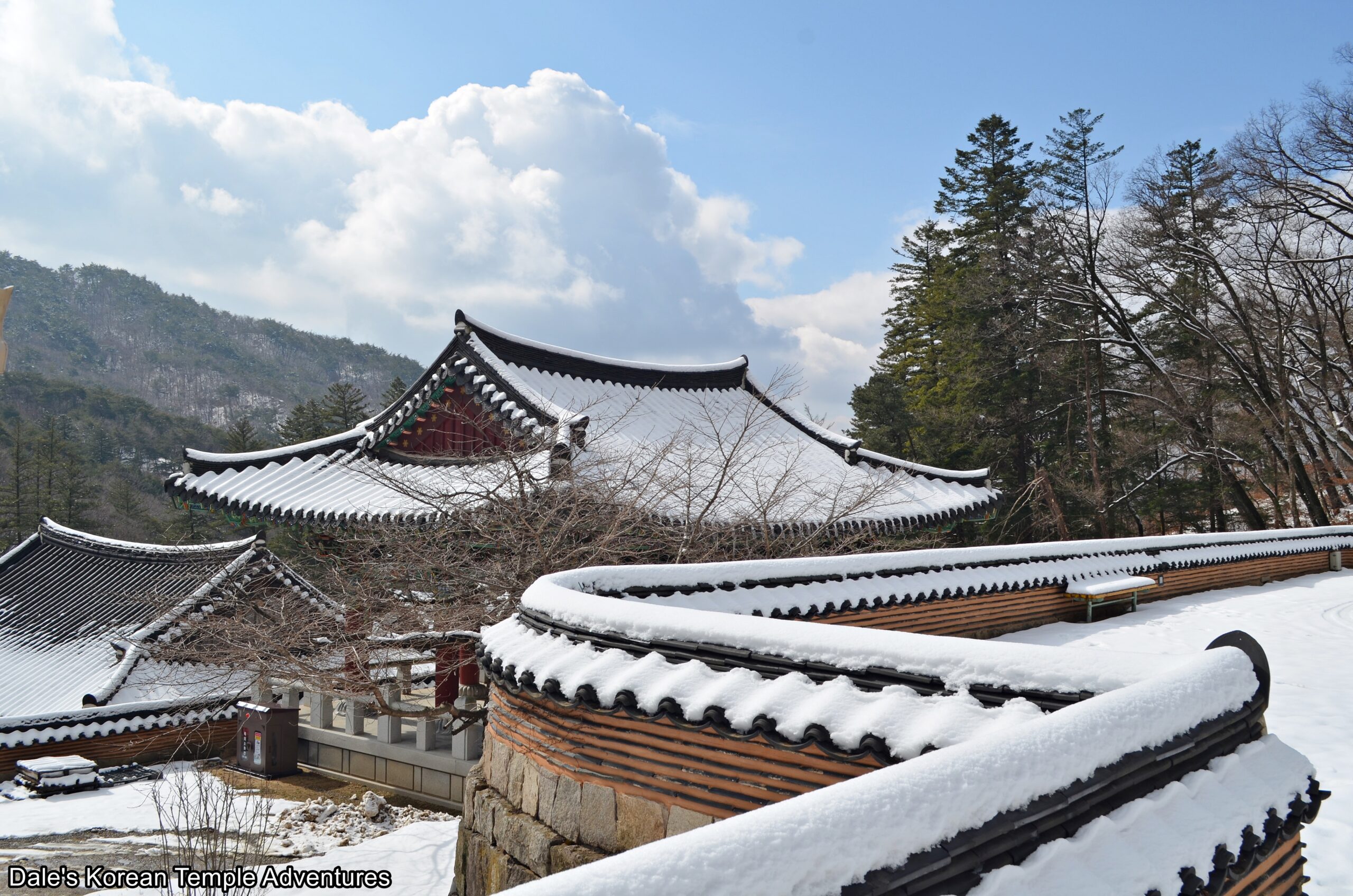
Temple History
Daeseungsa Temple is located on Mt. Sabulsan in northern Mungyeong, Gyeongsangbuk-do. Daeseungsa Temple means “Great Vehicle Temple” in English. The temple was first established in 587 A.D., and it was the first Buddhist temple ever built in Mungyeong.
Daeseungsa Temple has one of the more interesting origin legends. According to the Samguk Yusa, or “Memorabilia of the Three Kingdoms” in English: “To the east of Juknyeong (Bamboo Pass) about one hundred li [500 meters] away, soaring high into the sky, there stands a mountain. In the ninth year of King Jinpyeong of Silla [r. 579-632 A.D.], the year of the monkey (587 A.D.), this mountain shook with a thundering sound, and from its peak in the heavens a great rock fell. It was ten feet square, carved with Buddhist images on all sides, and wrapped in a red silk cloth.
“Hearing of this marvelous event, the King journeyed to this place. There he prostrated himself before the wonderful rock and ordered a temple built nearby, calling it Daeseungsa Temple [Great Vehicle Temple, or Mahayana Temple]. A monk who had recited the Lotus Sutra all his life was put in charge of the temple and told to burn incense before the four Buddhas day and night without stopping once. The mountain was called Mt. Sabulsan [Four Buddhas Mountain]. When the monk died and was buried, a lotus flower bloomed on his grave.”
The temple would later be destroyed by fire during the Imjin War (1592-98). It was later rebuilt from 1604 to 1701. At this time, over a dozen shrine halls and gates were rebuilt. And since it was rebuilt, the temple suffered additional fires including those in 1862 and 1956. The only shrine halls to survive the 1862 fire were the Myeongbu-jeon Hall and the Eungjin-jeon Hall. The Daeung-jeon Hall and a few other shrine halls were rebuilt in 1966.
In total, there are three hermitages that are directly associated with Daeseungsa Temple. They are Myojeogam Hermitage, Yunpilam Hermitage, and Sangjeogam Hermitage.
In total, Daeseungsa Temple is home to a National Treasure and three additional Korean Treasures. The National Treasure is the “Wooden Amitabha Buddha Altarpiece at Daeseungsa Temple,” which is National Treasure #321. As for the Korean Treasures, they are the “Wooden Amitabha Buddha Altarpiece and Related Documents of Daeseungsa Temple,” which is Korean Treasure #575; the “Gilt-bronze Seated Avalokitesvara Bodhisattva of Daeseungsa Temple,” which is Korean Treasure #991 ; and the “Gilt-bronze Seated Amitabha Buddha and Excavated Relics of Daeseungsa Temple,” which is Korean Treasure #1634.
Temple Layout
You first make your way towards the Daeseungsa Temple grounds up a long mountain road. Along the way, you’ll pass by the rather slender Iljumun Gate, until you eventually arrive at the temple parking lot. From the temple parking lot, you’ll need to hang a right and head towards the Baekryeon-dang Hall. This natural wood gate also acts as dorms for visitors. Beyond the Baekryeona-dang Hall, you’ll find the imposing Manse-ru Pavilion. But before passing under the Manse-ru Pavilion, have a look to your left. There you’ll find the Beomjong-gak Pavilion. Housed inside this bell pavilion is a large, golden Brahma Bell. This bronze bell is joined by the three other traditional Buddhist percussion instruments.
Back at the Manse-ru Pavilion, you’ll pass under the first story of the structure and the wooden posts that support the weight of the second story. Having passed under the Manse-ru Pavilion, and looking back, you’ll notice that the Manse-ru Pavilion’s second story acts as a hall for larger dharma talks.
Looking straight ahead, you’ll see the Daeung-jeon Hall. The exterior walls to the Daeung-jeon Hall are adorned with fading Shimu-do (Ox-Herding Murals), as well as a stunning collection of floral latticework. Stepping inside the Daeung-jeon Hall, you’ll find yourself in the presence of the National Treasure at Daeseungsa Temple, the “Wooden Amitabha Buddha Altarpiece at Daeseungsa Temple.” This main hall altarpiece was first produced in 1675. This altarpiece portrays the Western Paradise of Amita-bul (The Buddha of the Western Paradise). In total, it contains 24 images of Bodhisattvas, Nahan, and the Four Heavenly Kings. And in the centre of the symmetrically positioned images is Amita-bul. Of the extant wood altarpieces, this is the oldest. Additionally, it’s the largest of the six historic wood altarpieces still in existence. What distinguishes this altarpiece from the other five is the portrayal and style of the Bodhisattvas. Unfortunately right now, there’s only a reproduction picture of the historic altarpiece hanging on the main altar inside the Daeung-jeon Hall. It’s unclear where the original might be or when it might return to Daeseungsa Temple.
Joining this stunning wood altarpiece inside the Daeung-jeon Hall are a set of Palsang-do (The Eight Scenes from the Buddha’s Life) adorning most of the interior surfaces of the main hall. Additionally, you’ll find a modern, red Shinjung Taenghwa (Guardian Mural) hanging on the far left wall.
To the left and right of the main hall are the monks’ dorms and meditation centre at Daeseungsa Temple. It’s to the right rear of the main hall that you’ll find five additional shrine halls. The first of these shrine halls is the Samseong-gak Hall. The interior and exterior walls to this shaman shrine hall are adorned with Sinseon (Taoist Immortal) paintings. As for the interior, there are three golden reliefs, similar to the main altarpiece inside the Daeung-jeon Hall, of the three most popular shaman deities in Korea. They are of Sanshin (The Mountain Spirit), Dokseong (The Lonely Saint), and Chilseong (The Seven Stars).
To the right of the Samseong-gak Hall, you’ll find the Eungjin-jeon Hall. The exterior walls are adorned with beautiful paintings dedicated to the Nahan (The Historical Disciples of the Buddha). Stepping inside the Eungjin-jeon Hall, you’ll find wall-to-wall images of the Nahan. And resting on the main altar is a diminutive triad centred by Seokgamoni-bul (The Historical Buddha). On the far right wall, you’ll find a crowned image dedicated to Dongjin-bosal (The Bodhisattva that Protects the Buddha’s Teachings), which is backed by a painting dedicated to Bohyeon-bosal (The Bodhisattva of Power).
Next to the Eungjin-jeon Hall is the Josa-jeon Hall. And out in front of these two halls is the temple’s Geukrak-jeon Hall. The exterior walls are adorned with murals of guardians, Amita-bul (The Buddha of the Western Paradise), Gwanseeum-bosal (The Bodhisattva of Compassion), and Daesaeji-bosal (The Bodhisattva of Wisdom and Power for Amita-bul). Stepping inside the Geukrak-jeon Hall, you’ll find a triad resting on the main altar. In the centre is the “Gilt-bronze Seated Amitabha Buddha and Excavated Relics of Daeseungsa Temple.” This Korean Treasure is believed to date back to 1301, when an inscription on its head, written in ink, was found during a recent examination of the statue. When the statue was inspected by x-ray, the bead decorations on top of its head was discovered to be made of cast bronze like the rest of the statue. In the late 13th century, through to the 14th century, Buddhist sculptures in the Tibetan style with Yuan influence were popular in the Gaeseong area. Rather interestingly, this statue displays the characteristics of an earlier mid-Goryeo Dynasty tradition. Additionally, there were votive documents found inside this statue. They were comprised of twelve sheets, and they were printed between 1292 to 1301. Also taking up residence inside the Geukrak-jeon Hall, and hanging on the far right wall, is a modern mural dedicated to Chilseong (The Seven Stars).
The final shrine hall that visitors can explore, and one of the oldest at the temple, is the Myeongbu-jeon Hall. The exterior is adorned with fading guardian murals. Stepping inside the Myeongbu-jeon Hall, you’ll find the main altar occupied by a green haired image of Jijang-bosal (The Bodhisattva of the Afterlife). Rounding out the interior of the Myeongbu-jeon Hall are ten seated wooden images of the Siwang (The Ten Kings of the Underworld), as well as standing wooden guardians at both entries of the shrine hall.
How To Get There
While it’s possible to get to Daeseungsa Temple from Mungyeong, it’s extremely difficult. But if you don’t mind an adventure and spending a lot of time on Korean buses, then here’s how to get to Daeseungsa Temple. From the Mungyeong Bus Terminal, you can take either Bus #11-1, Bus #10-1, Bus #20-1, or Bus #60-2. You’ll then need to get off at the the “Jeomchon Shinae Bus Terminal.” From this stop, you’ll need to take Bus #51-1. With this bus, you’ll need to get off at the “Jeonduguam” bus stop. From where the bus drops you off, you’ll need to walk one hour and ten minutes, or 3.1 km, to get to the temple. And this walk is mostly uphill. In total, this entire trip takes about four hours.
Another way you can get to Daeseungsa Temple is by taxi, but it’ll be expensive. From the Mungyeong Bus Terminal, a taxi to Daeseungsa Temple will take about 50 minutes, or 37 km, and it’ll cost you 50,000 won (one way).
Of course the easiest way to get to get Daeseungsa Temple is owning your own vehicle, but this isn’t always an option for everyone. So whatever way you decided to get to this temple, best of luck!
Overall Rating: 8/10
The main highlight to Daeseungsa Temple are all the treasures with the golden “Wooden Amitabha Buddha Altarpiece at Daeseungsa Temple” being the best of the lot. Beyond what’s located inside the Daeung-jeon Hall, you can also enjoy the golden reliefs inside the Samseong-gak Hall, the 700 year old “Gilt-bronze Seated Amitabha Buddha and Excavated Relics of Daeseungsa Temple” inside the Geukrak-jeon Hall, as well as the interior of the Myeongbu-jeon Hall and the golden Brahma Bell inside the Beomjong-gak Pavilion. There’s a lot to see, enjoy, and appreciate at Daeseungsa Temple so take your time.
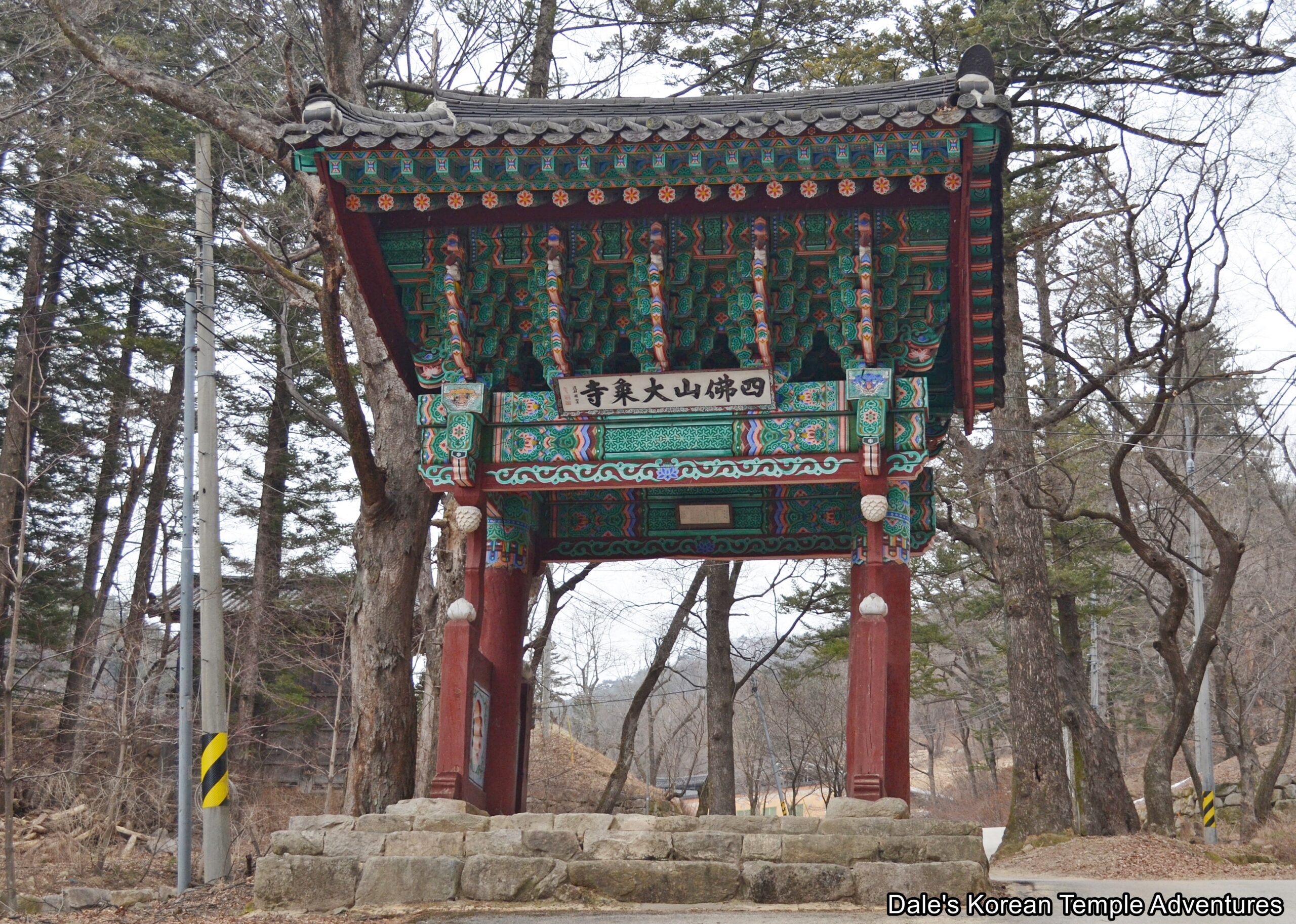

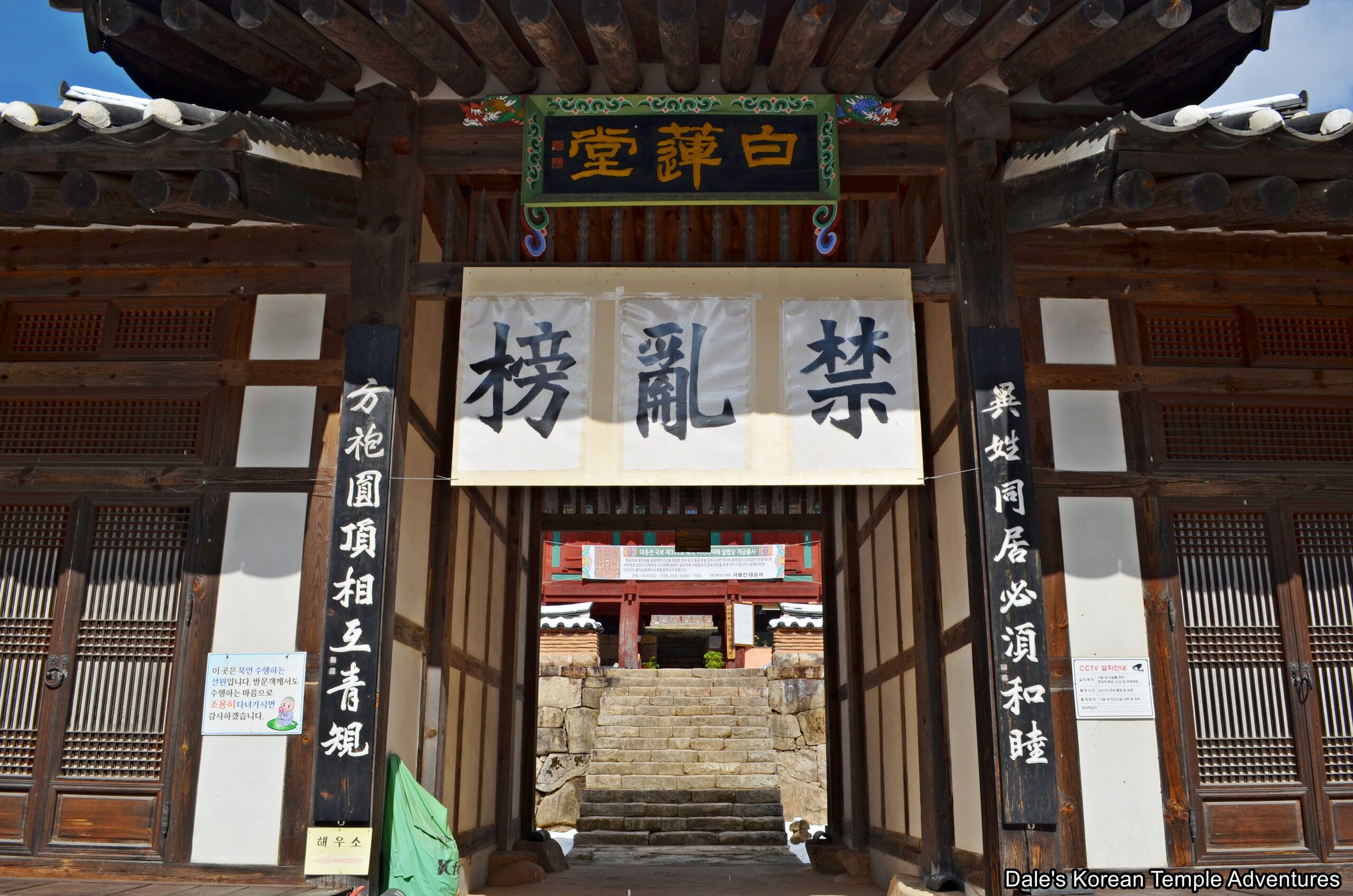
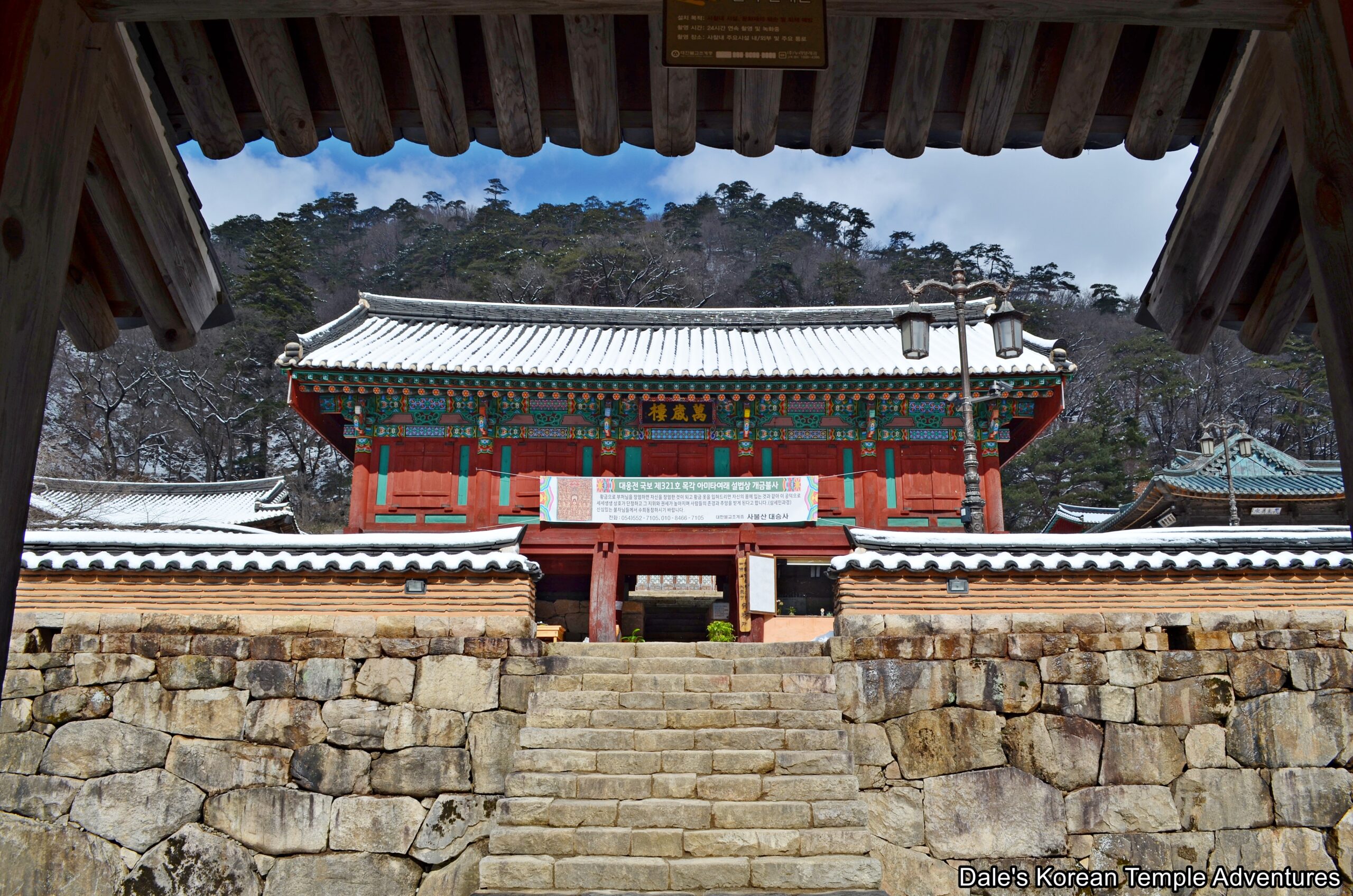
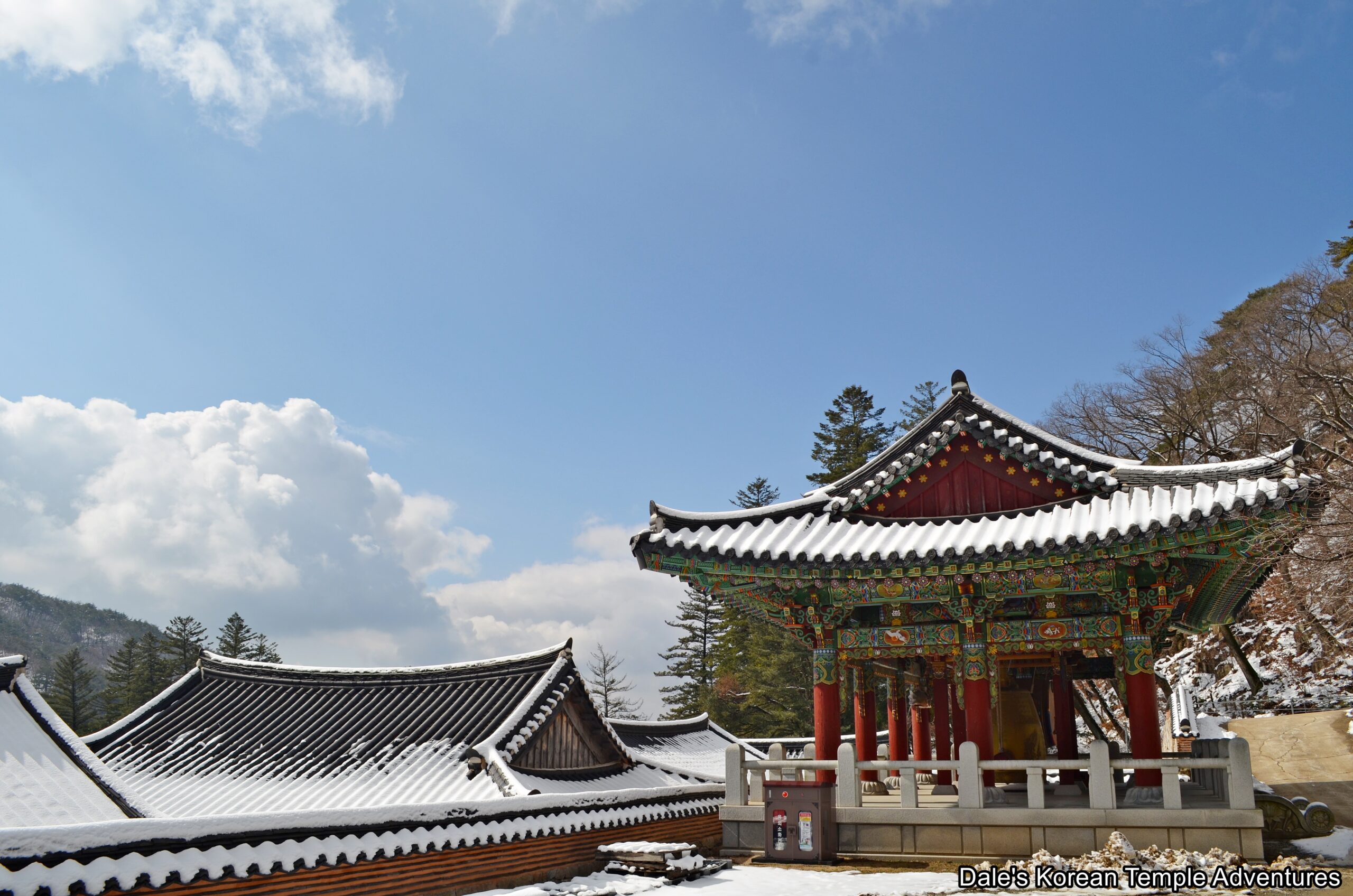
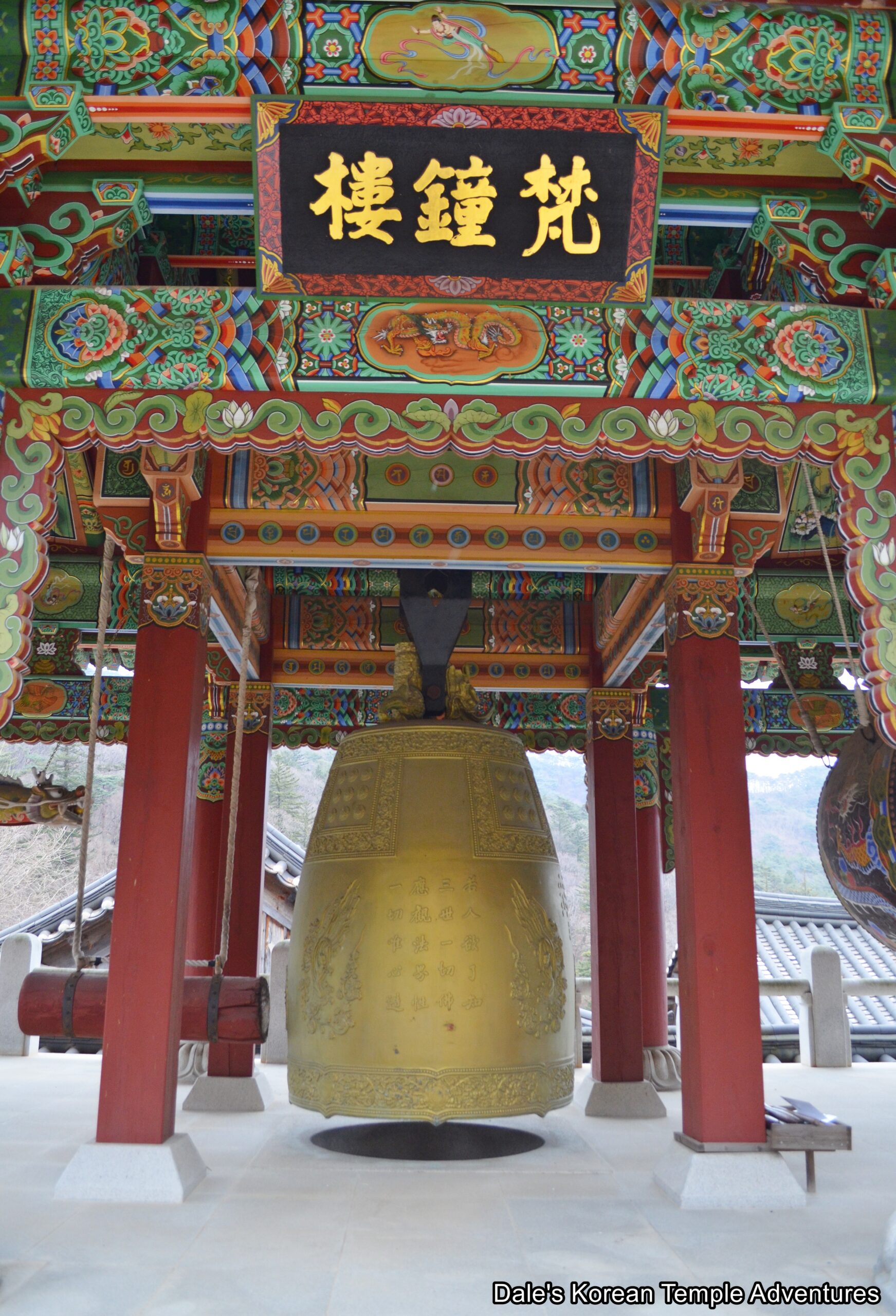
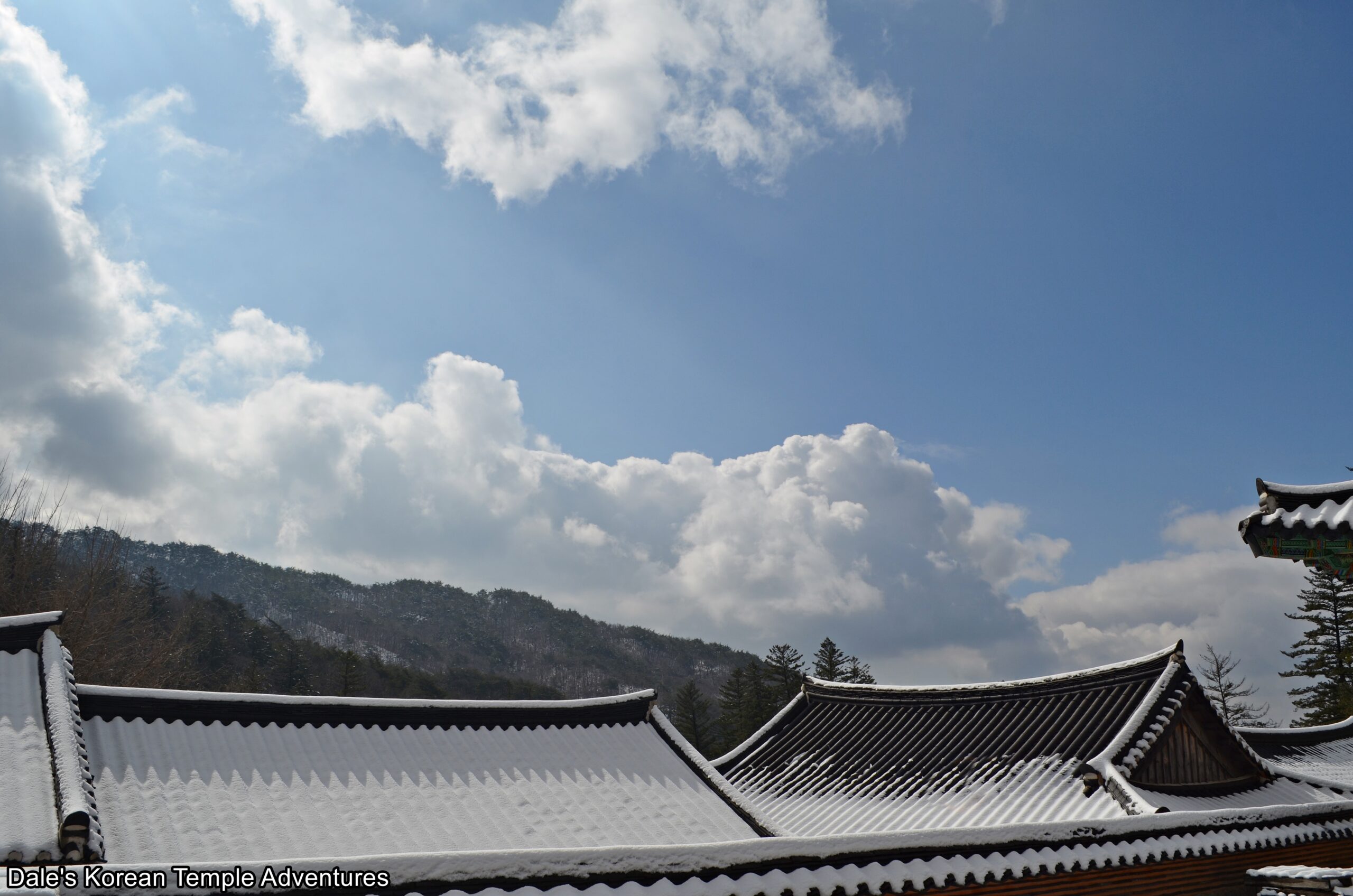

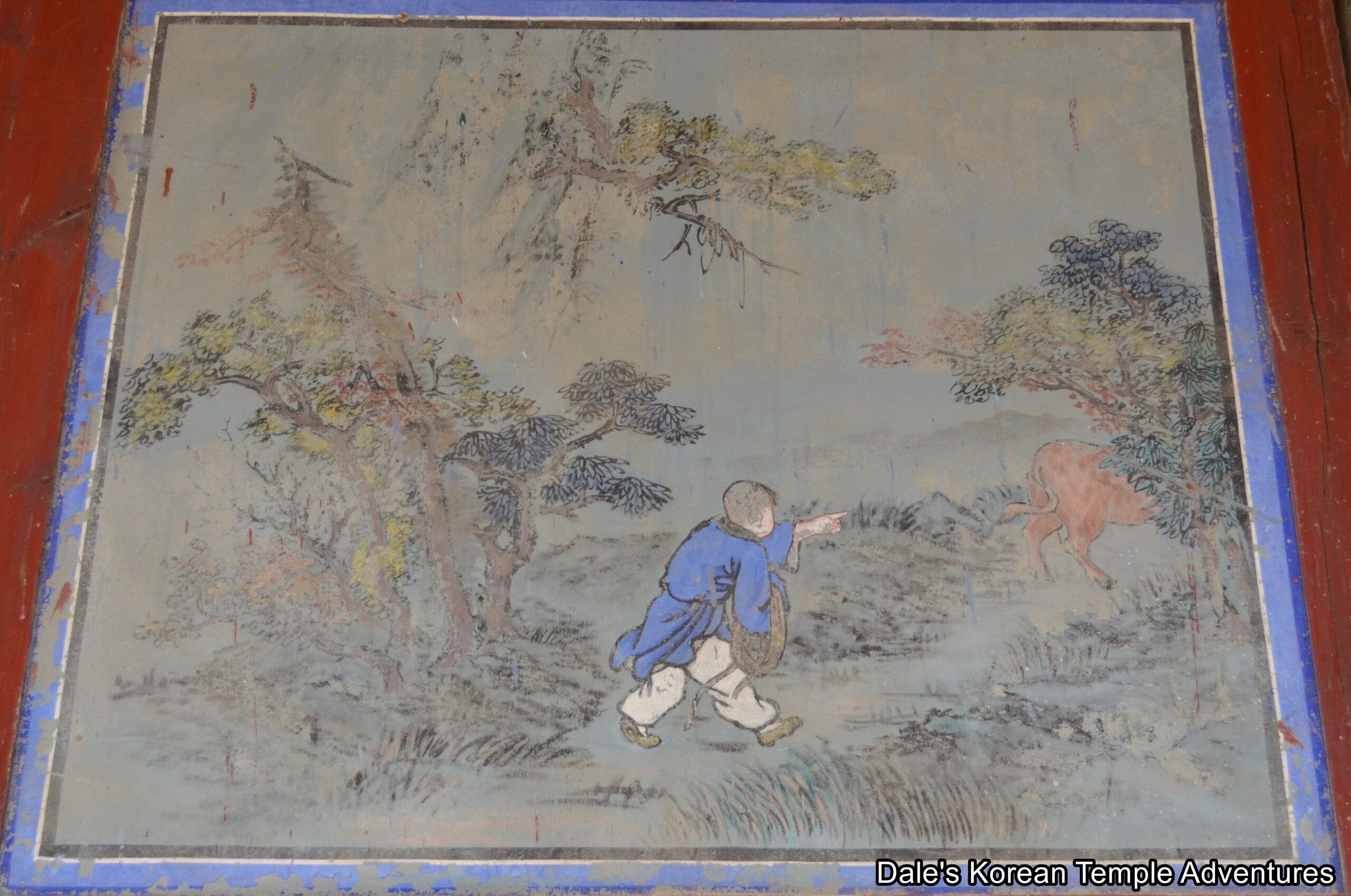
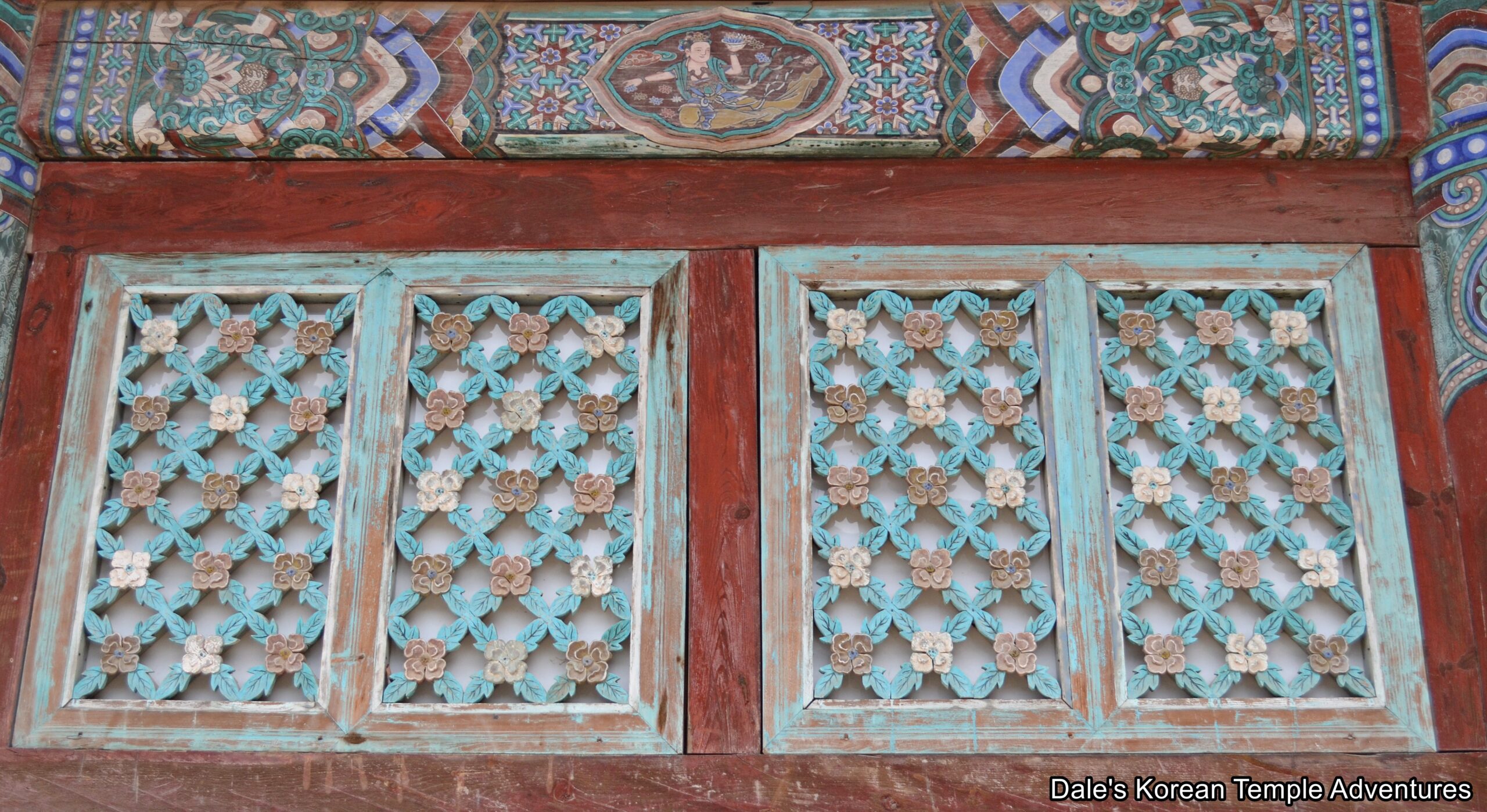
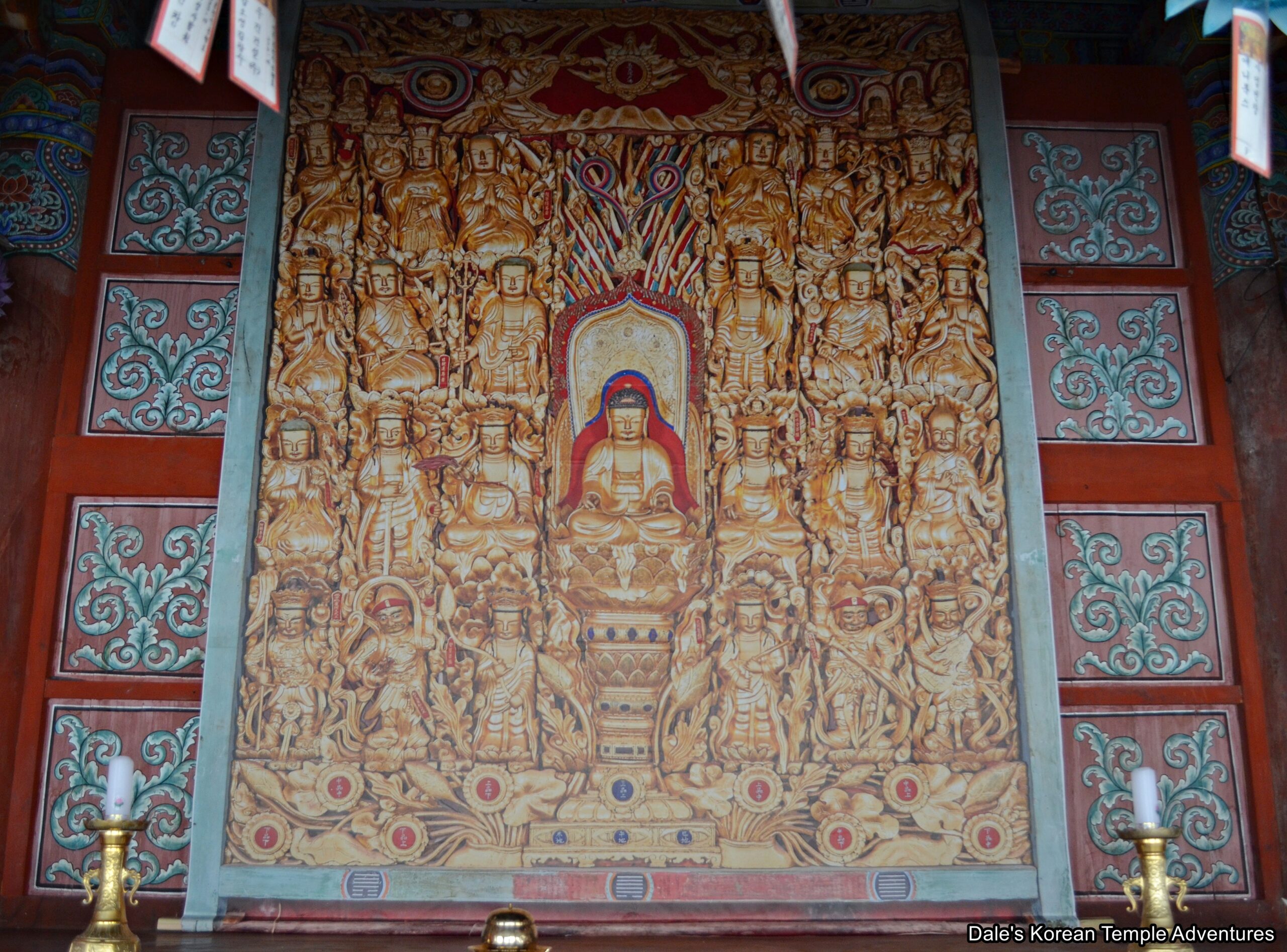

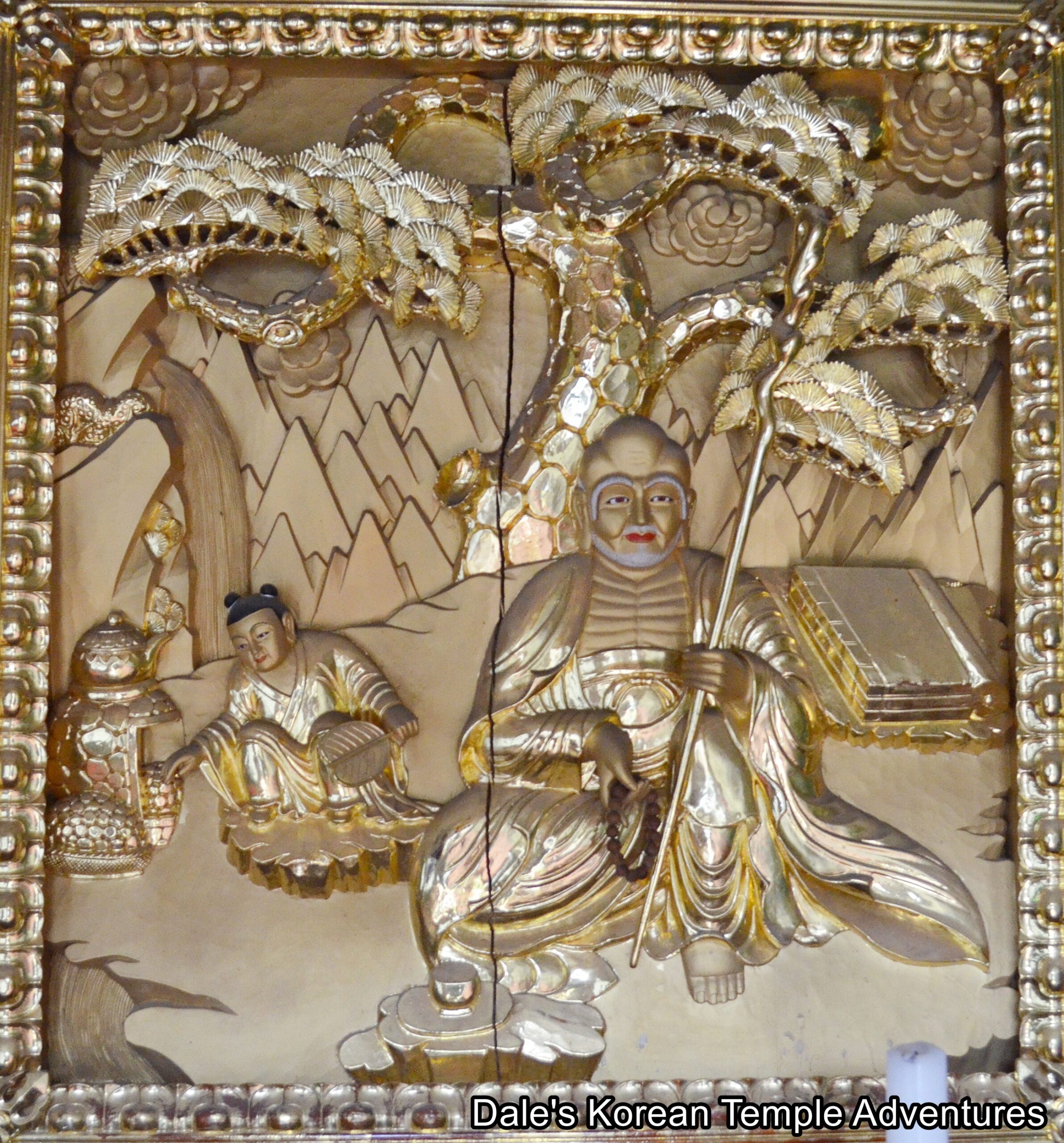
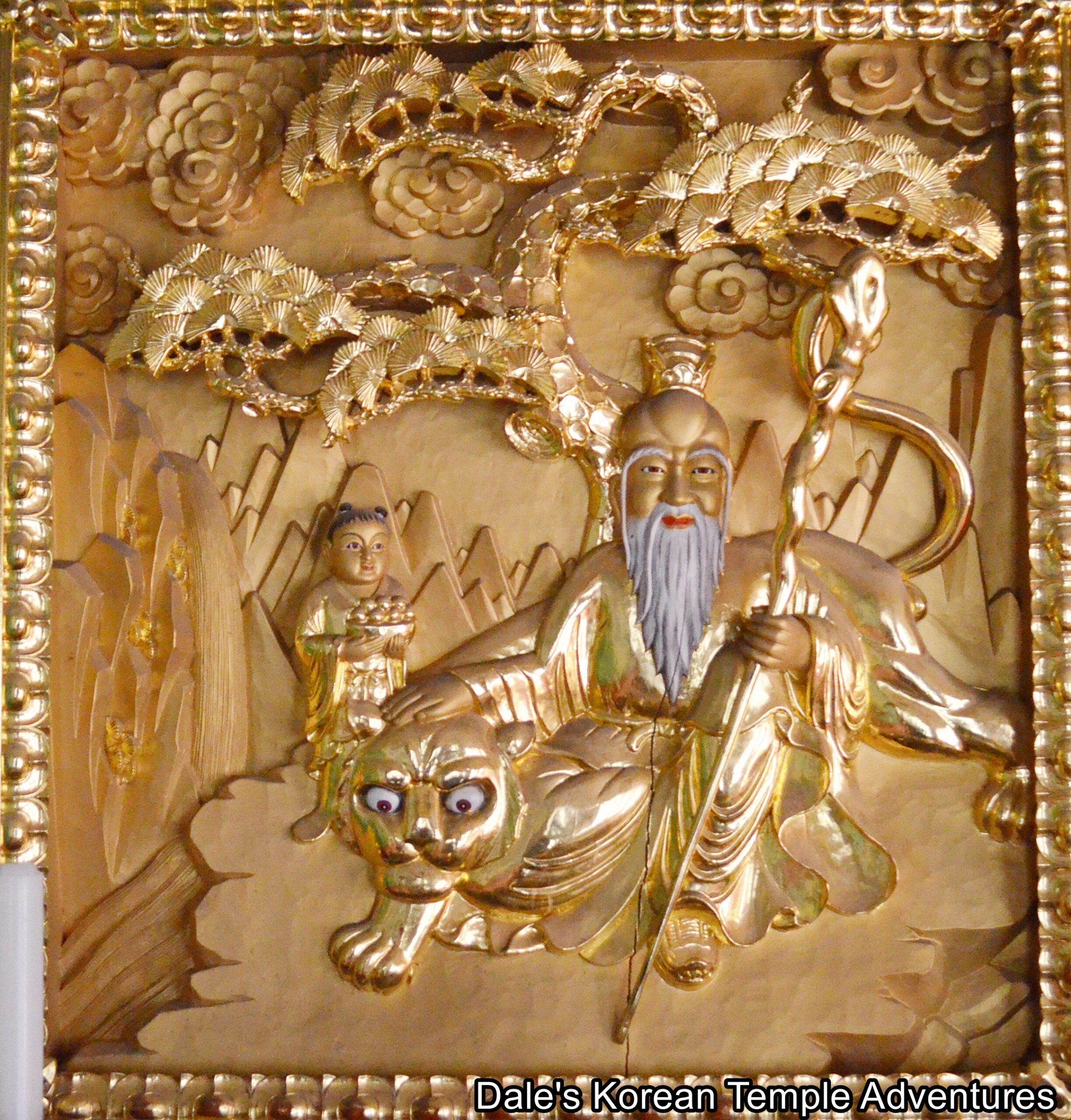

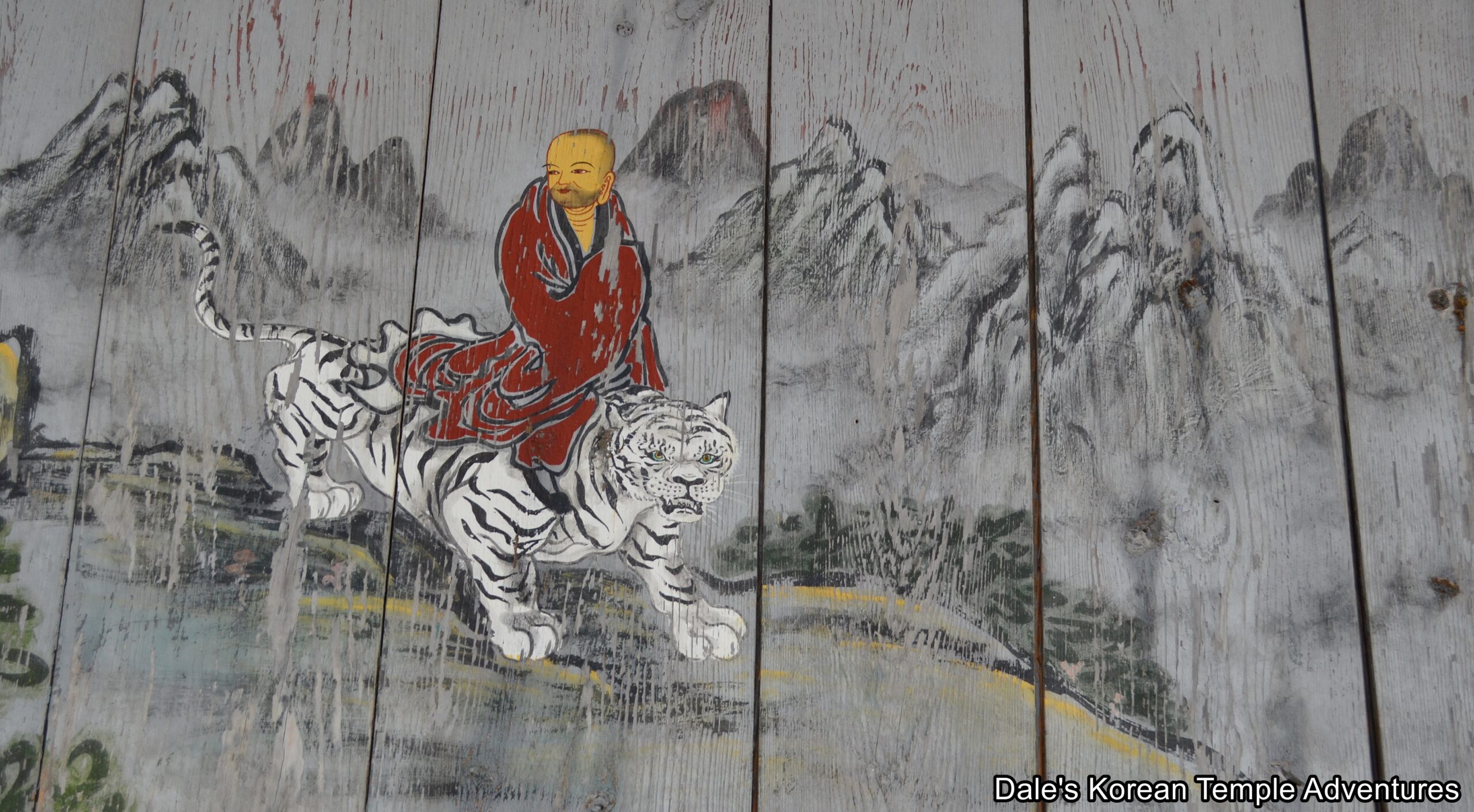
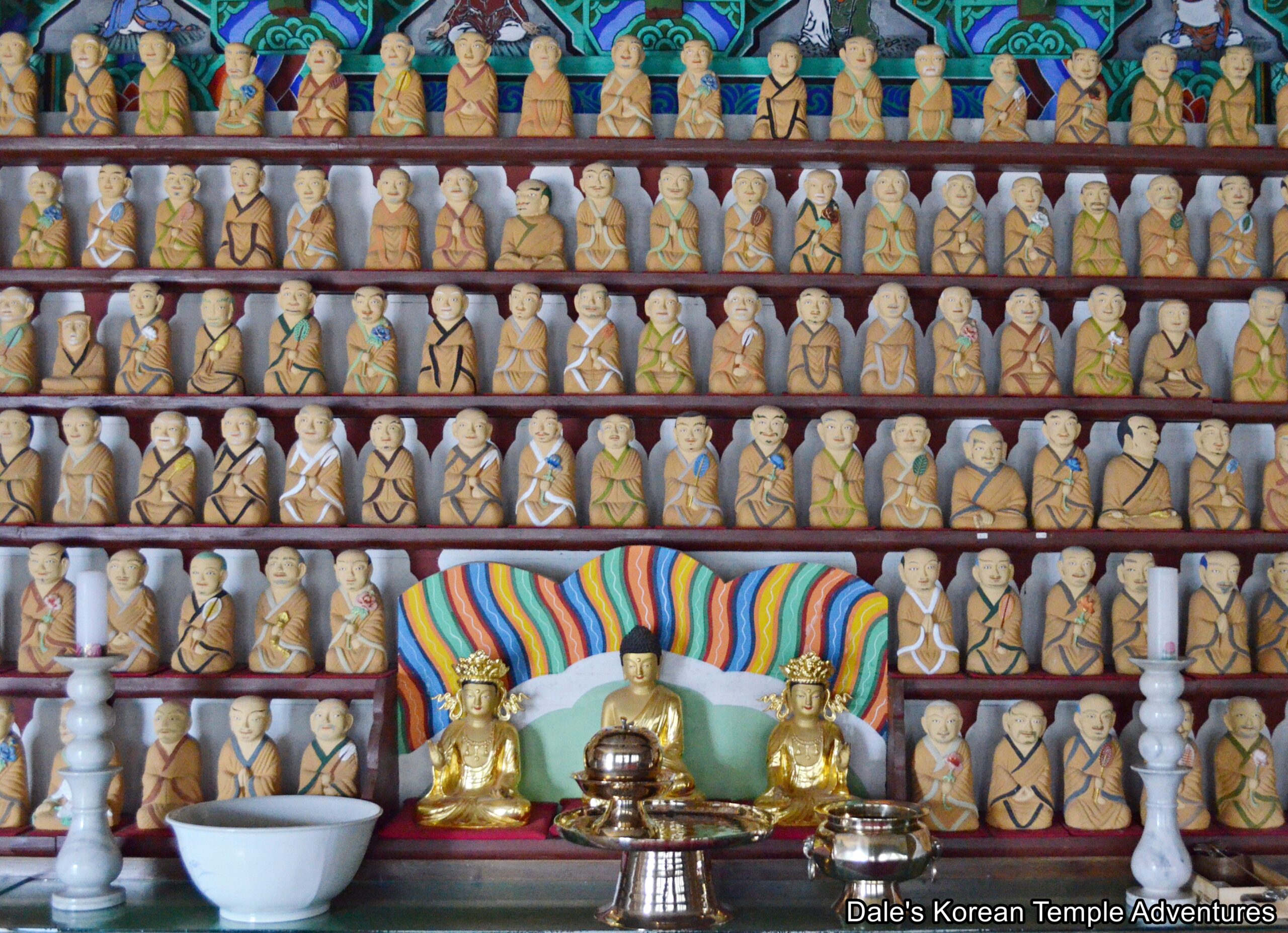

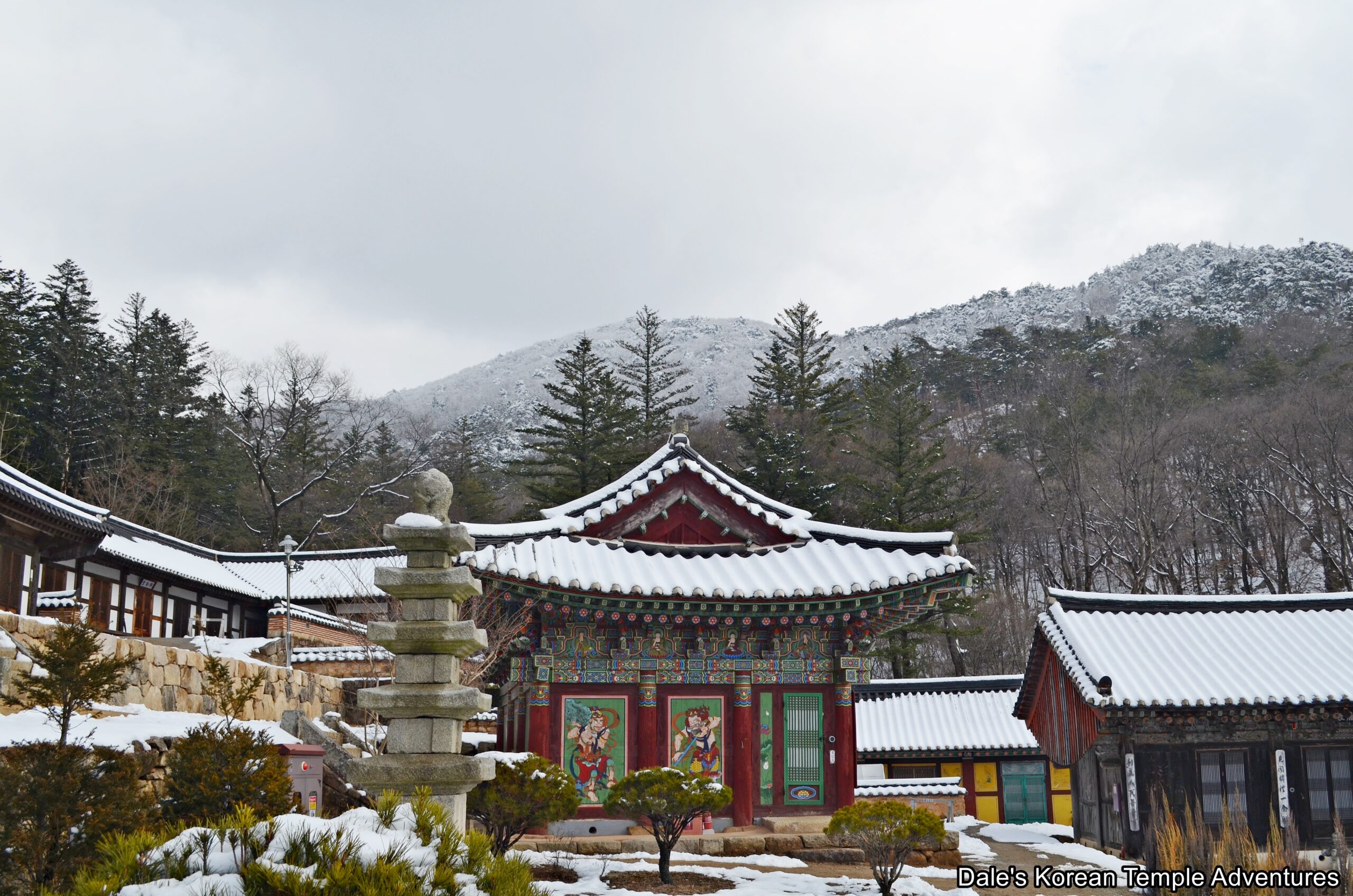
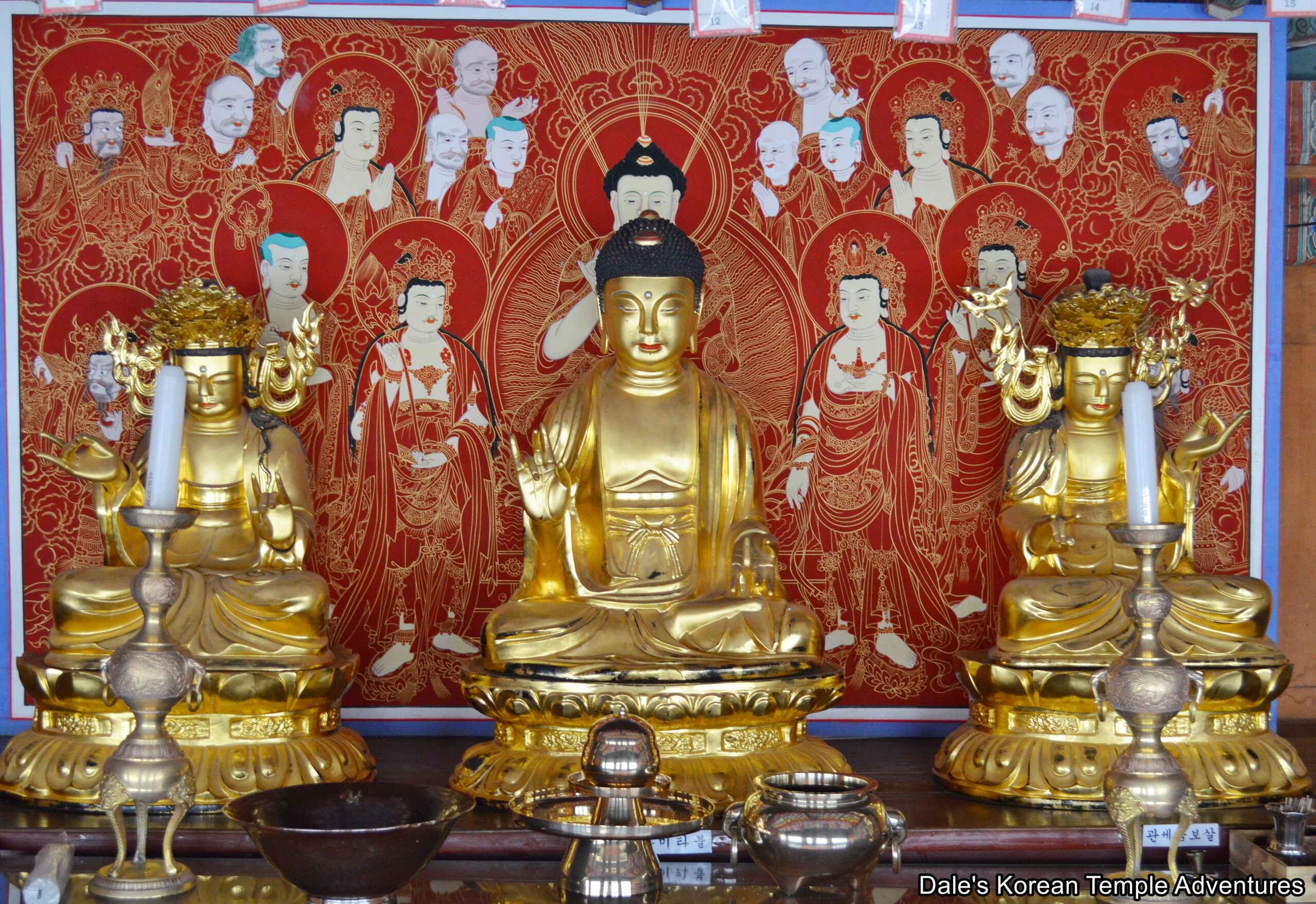
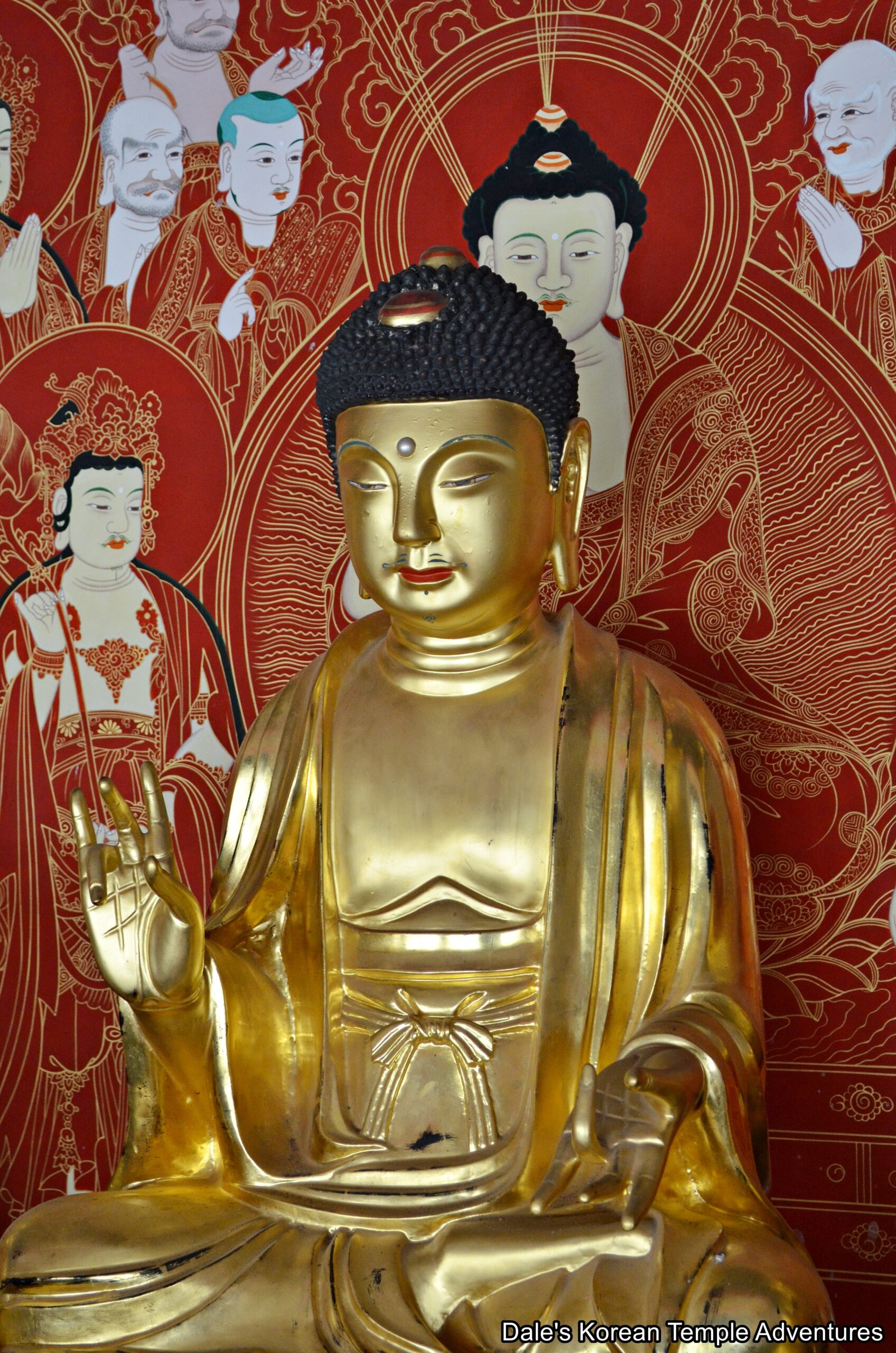
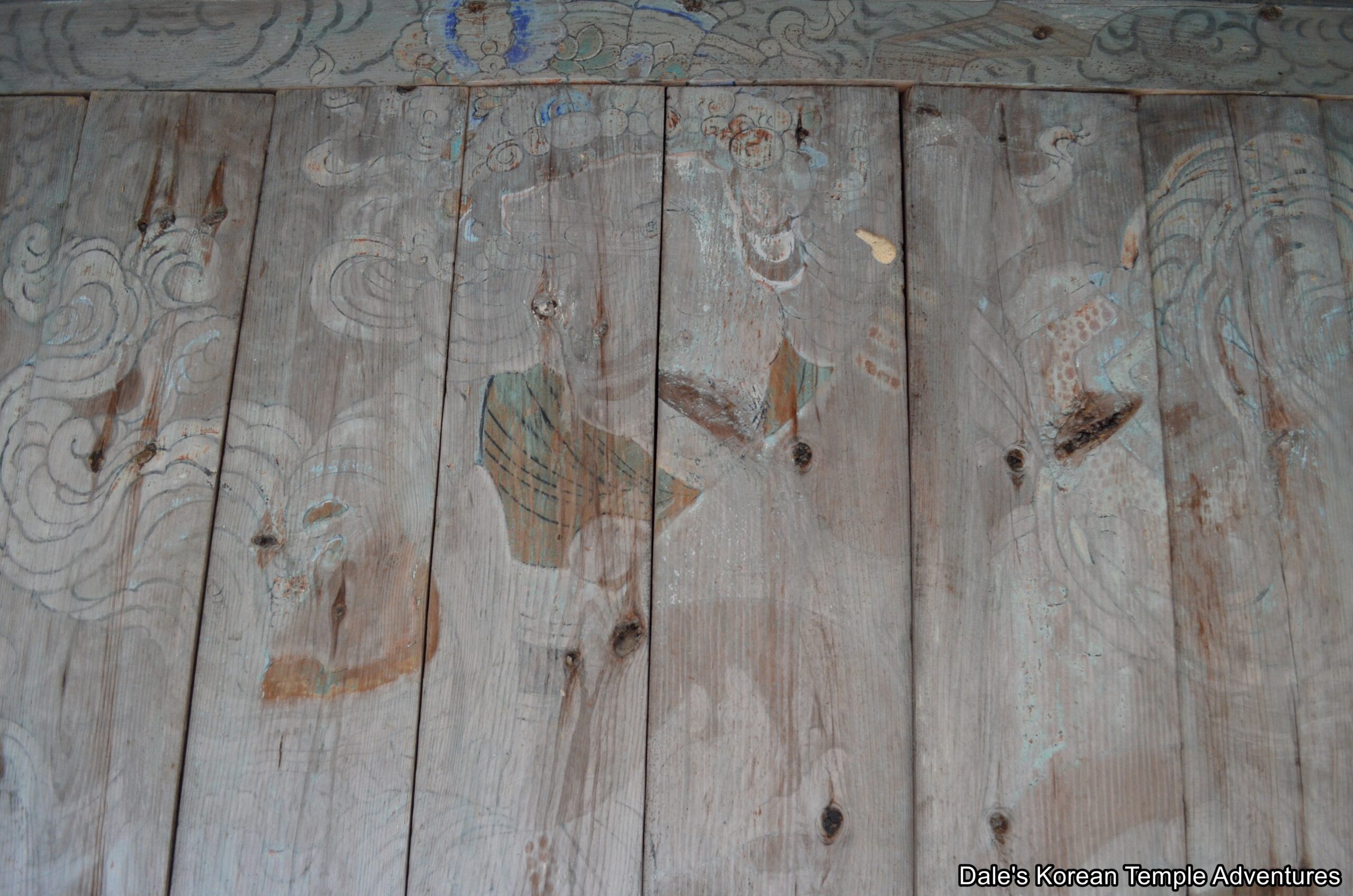
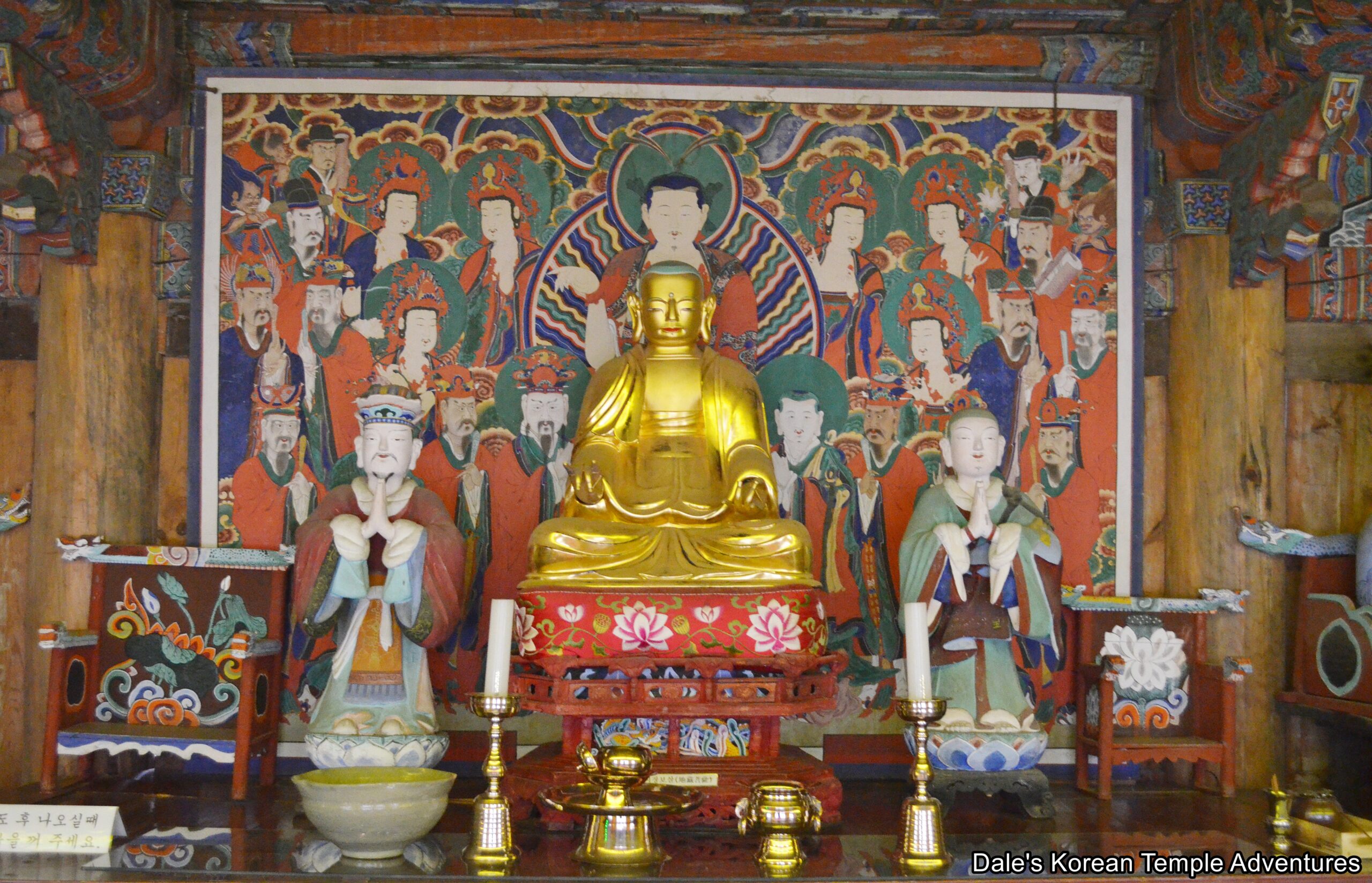
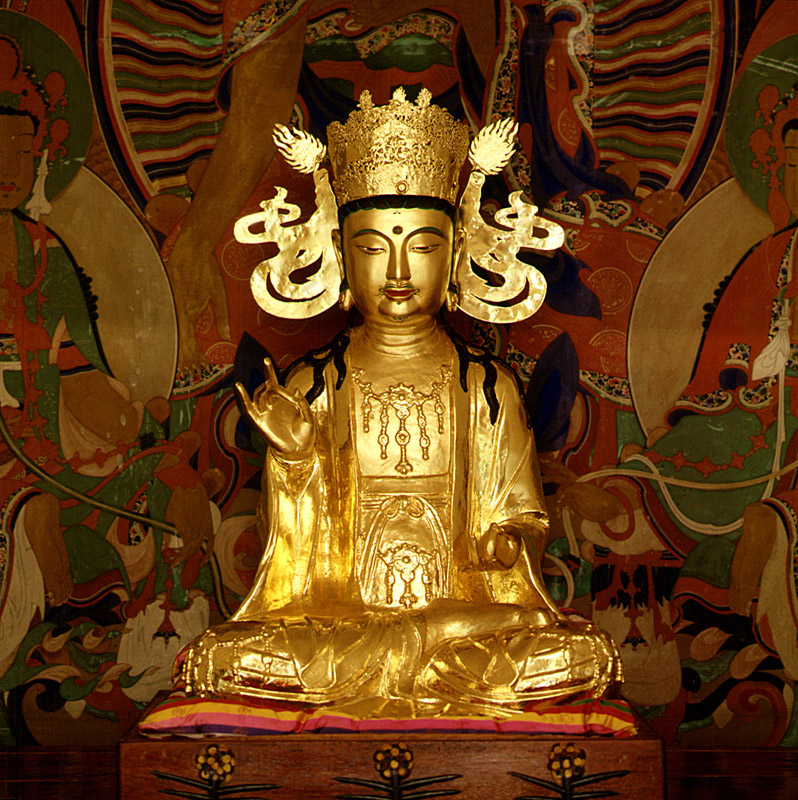
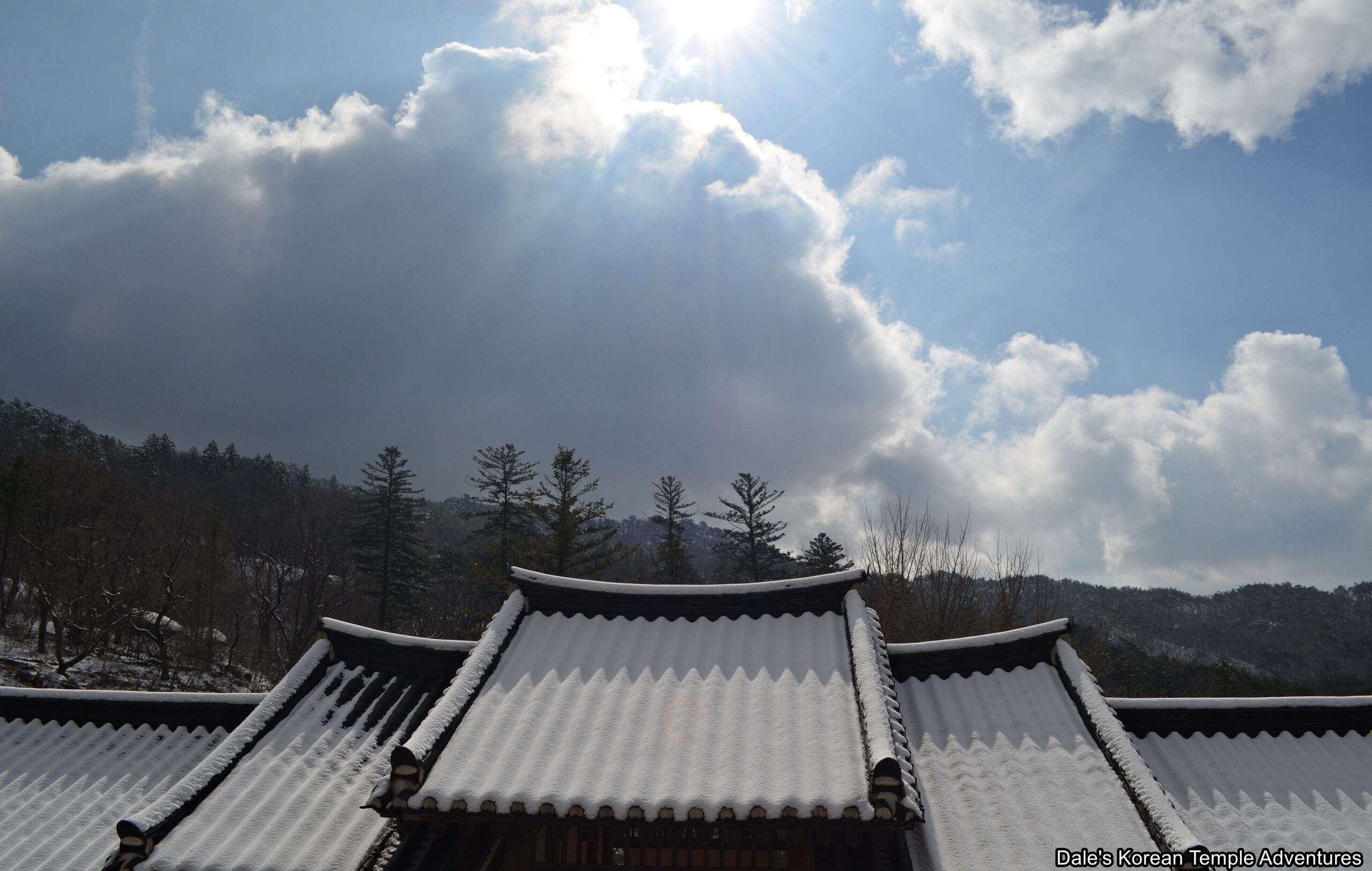


Recent comments